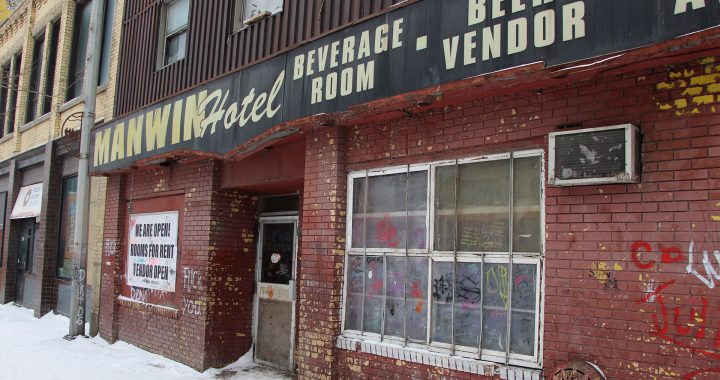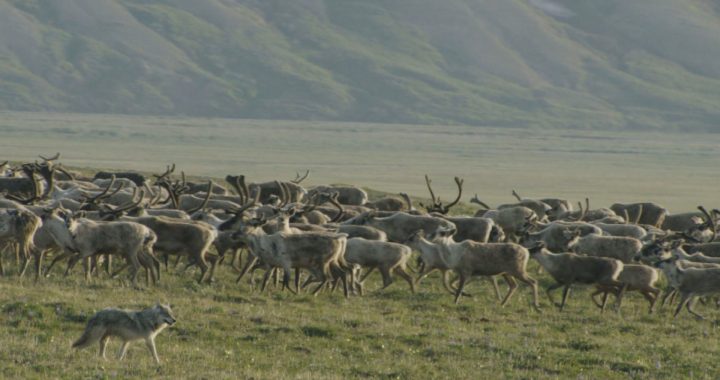APTN National News
Half of First Nations children in Canada are living below the poverty line a new study indicates.
The number jumps to nearly two thirds in Manitoba and Saskatchewan according to a study released Wednesday by the Canadian Centre for Policy Alternatives and Save the Children Canada.
“The report’s findings that half of status First Nation children live in poverty should shock all Canadians,” said Patricia Erb, President and CEO of Save the Children, in a statement. “Looking beyond the numbers to the impact of poverty on the lives of Indigenous children explains why Save the Children is currently growing our programming in Canada.”
The number drops when looking at Metis, Inuit, and non-status Indian children to 27 per cent and brings the total to nearly 40 per cent for all Indigenous children living in poverty compared to 15 per cent of non-Indigenous children.
Some of the differences in child poverty appear to be where they are from. Federally funded on-reserve children faced the most hardships compared to those who lived off reserve.
The federal government funds on-reserve social services, health care, education and income supports.
According to the study transfer payments for these social services on-reserve have increased two per cent a year since 1996 and isn’t adjusted for population growth or need.
“The removal of this cap on funding growth and an adjustment of transfers for need could reduce the alarming rate of status First Nations households living in poverty. It is a matter of choice,” said a portion of the study’s executive summary. “The failure of ongoing policies is clear. The link between the denial of basic human rights for Indigenous children and their poverty is equally clear.”
The study examined child poverty statistics from the 2006 census, the most recent data available according to the authors.
According to the statistics Indigenous children fall behind on family income, ability to receive an education, crowding and homelessness, poor water quality, infant mortality, health and suicide.
“The Indigenous population is the fastest growing in Canada. With adequate and sustained support these people will become an integral part of society and the workforce–particularly as baby boomers retire,” said Daniel Wilson, Indigenous rights advocate and co-author of the study. “But if we refuse to address the crushing poverty facing Indigenous children, we will ensure the crisis of socioeconomic marginalization and wasted potential will continue.”
Nearly $7.5 billion would be need to bring all children up to the poverty line suggested the study.










